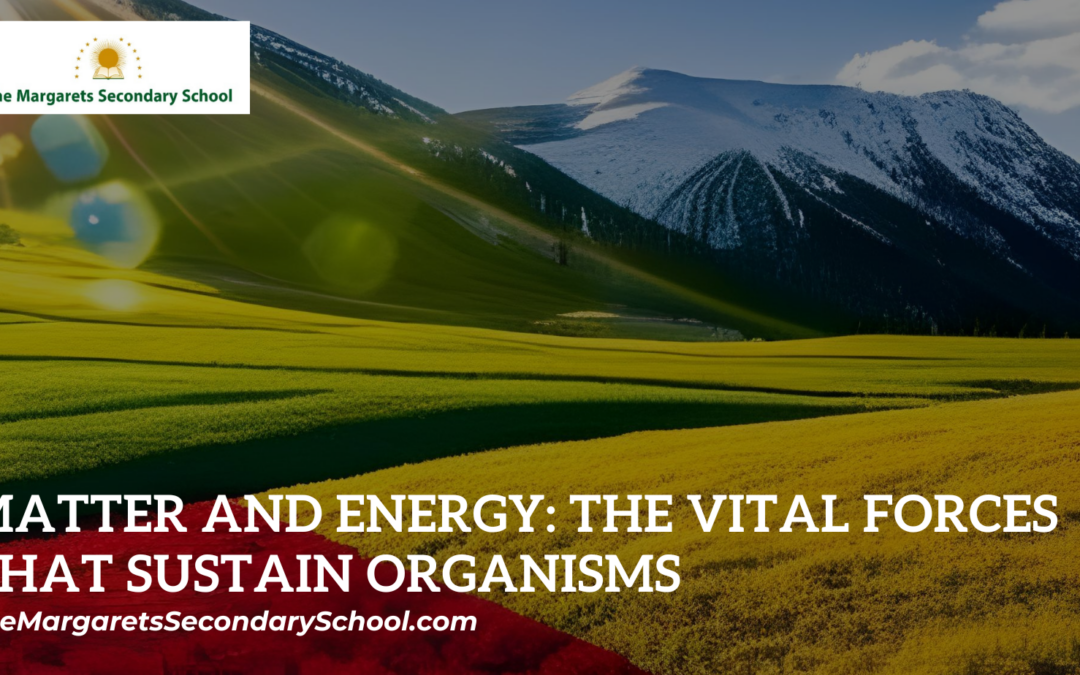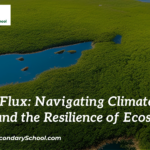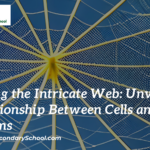Matter and Energy in Organisms
In the captivating world of biology, the intricate dance between matter and energy forms the very foundation of life itself. From the tiniest microorganisms to the grandest trees of the forest, the delicate balance between these two essential components orchestrates the symphony of existence.
Matter: The Building Blocks of Life
Matter, in its myriad forms, is the material essence that composes all living organisms. Organisms are constructed from complex arrangements of atoms, the fundamental units of matter. These atoms join together to form molecules, which, in turn, come together to create cells, tissues, organs, and entire organisms.
The matter within organisms is in constant flux, as molecules are broken down and rebuilt through various biochemical processes. Nutrients from food, such as carbohydrates, proteins, and fats, provide the raw materials required for growth, repair, and energy production. The matter within an organism is recycled and reused, passing through the intricate cycles of life.
Energy: The Driving Force of Life
Energy, often referred to as the currency of life, powers the biochemical reactions that sustain living organisms. Every movement, every heartbeat, and every thought require energy. The primary source of energy for most organisms is the Sun. Through the process of photosynthesis, plants capture solar energy and convert it into chemical energy stored within molecules like glucose. This energy-rich compound becomes the fuel that sustains both plant and animal life.
For organisms that do not perform photosynthesis, the energy flow is indirect. Herbivores consume plant matter to acquire energy, while carnivores obtain energy by consuming other animals. Decomposers break down organic matter, returning nutrients to the soil, thus closing the cycle of matter and energy.
Metabolism: The Dance of Matter and Energy
Metabolism, the sum of all chemical reactions occurring within an organism, is the bridge between matter and energy. During metabolic processes, matter is transformed and manipulated to harness energy or construct vital molecules. Enzymes, the catalysts of life, facilitate these reactions, ensuring that essential processes occur at the right time and place.
Metabolism also encompasses anabolism, the building of complex molecules from simpler ones, and catabolism, the breaking down of complex molecules into simpler ones, releasing energy in the process. This interplay is essential for maintaining the equilibrium required for organisms to function optimally.
The Balancing Act
The equilibrium between matter and energy is a delicate dance that ensures the survival and continuity of life. Too much or too little matter can disrupt an organism’s functioning, just as an imbalance in energy intake and expenditure can impact growth, reproduction, and overall health.
The interconnectedness of matter and energy is not confined to individual organisms. Ecosystems function as intricate webs where energy flows from one organism to another through feeding relationships, sustaining life in a complex cycle.
Conclusion
Matter and energy are the twin forces that animate the living world. The synergy between matter’s building blocks and energy’s transformative power enables organisms to thrive, adapt, and evolve. From the smallest microbe to the mightiest mammal, the dance of matter and energy weaves the narrative of life, illustrating the awe-inspiring interconnectedness that underpins the intricate tapestry of the natural world.





